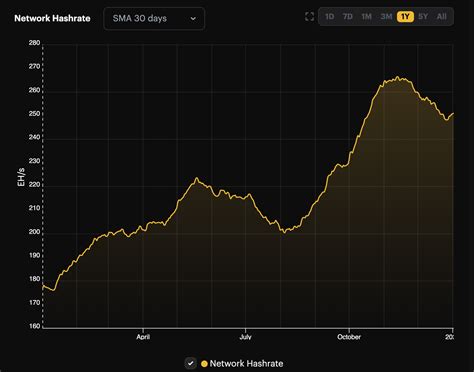Ethereum: How to Check Your Litecoin Mining Hash Rate
As a Litecoin (LTC) miner, you’re probably no stranger to the world of cryptocurrency mining. But when it comes to optimizing your mining performance and increasing your profits, understanding hash rate is crucial. One aspect that’s often overlooked is checking your Litecoin mining hash rate, which can make or break your mining setup.
Why Check Your Hash Rate?
Before we dive into how to check your Litecoin mining hash rate, let’s quickly talk about why it’s important:
- Hash rate affects profitability: The more hashes you generate per second, the faster and potentially more profitable your mining operation will be.
- Higher security: Higher hash rates can provide greater security against ASIC (application-specific integrated circuit) mining exploits.
How to Check Litecoin Mining Hash Rate
While there may not be a single service that provides a comprehensive Litecoin mining hash rate test, here are some workarounds and alternatives:
Method 1: Use a Litecoin Miner with built-in hash rate testing
Some Litecoin miners come with built-in hash rate testing features. For instance, the BitMinter Mining software (mentioned in your original question) allows you to check your mining hash rate.
Method 2: Use a Third-Party Litecoin Miner with Hash Rate Monitoring
You can use a third-party Litecoin miner that also has built-in or external hash rate monitoring capabilities, such as:
- Litecoin Miner with Built-in Hash Rate Testing:

CMiner ( is an open-source Litecoin miner that comes with built-in hash rate testing.
- Litecoin Miner with External Hash Rate Monitoring: MinerGate ( and F2Pool ( are online mining platforms that offer Litecoin miners, some of which have built -in or external hash rate monitoring.
Method 3: Use Litecoin Mining Software with Hash Rate Monitoring
Some Litecoin mining software such as:
- Litecoin Miner: A lightweight Litecoin Miner for Windows and Linux.
- MinerGate: An online mining platform that also offers Litecoin mining software.
Some of these software options include built-in or external hash rate monitoring features. For instance, the previously mentioned BitMinter Mining software has a built-in hash rate monitoring tool.
Method 4: Use a Litecoin Pool with Hash Rate Monitoring
Joining a Litecoin pool can give you access to the collective hash power of your mining operation, as well as built-in hash rate monitoring and other features. Some popular Litecoin pools include:
- CMiner Pool: A Litecoin mining pool that gives you access to its mining pool resources.
- F2Pool: An online Litecoin mining pool that offers a variety of mining software options.
Method 5: Manually Checking the Hash Rate
If you don’t have access to any built-in or third-party hash rate checking tools, you can use your Litecoin miner to manually check the hash rate. This involves:
- Turning the Litecoin miner on and off several times over a short period of time (e.g. 30 seconds) to generate a lot of hashes.
- Counting the total number of hashes generated during this period.
By repeating this process, you can estimate your Litecoin mining hash rate. Keep in mind that this method may not be as accurate as using built-in or third-party tools, but it can give you a first idea of your mining performance.
Conclusion
While there is no single service that allows you to quickly check your Litecoin mining hash rate, a combination of the methods described above can help you evaluate and optimize your mining setup. Remember that hash rate is only one aspect of cryptocurrency mining profitability, so be sure to consider other factors such as electricity costs and pool participation.
Happy meaning!

